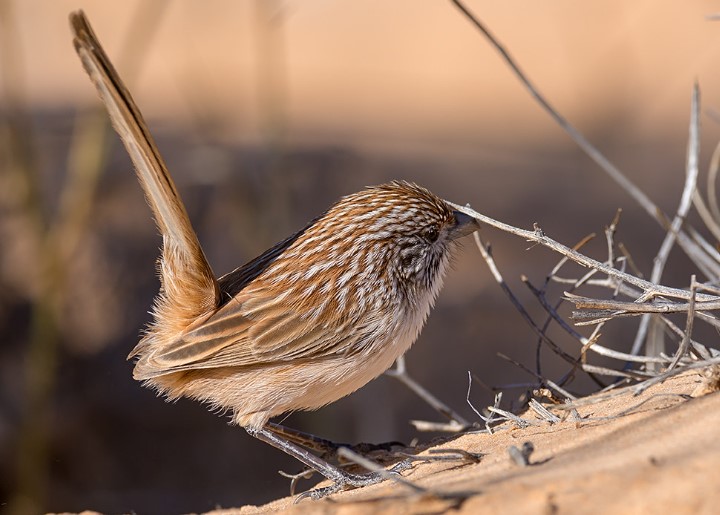The scintillant hummingbird (Selasphorus scintilla) is a small bird that belongs to the family Trochilidae. It is native to Central and South America, and it is found in countries such as Colombia, Panama, Costa Rica, Ecuador, and Peru.
The scintillant hummingbird is a small bird with a body length of around 7-8 cm. It has a distinctive appearance, with a metallic green plumage and a reddish-orange throat. Females weigh 2.3 g (0.081 oz), while males weigh 2 g (0.071 oz). Only slightly larger than the bee hummingbird, this is among the smallest birds in the world. Short and straight are the characteristics of the black bill.
During mating season, scintillant hummingbird males perch conspicuously in open areas with Salvia and display aggressive diving displays in defense of their territories.
A liquid tsip sound is used for the call. A volcano hummingbird, S. flammula, replaces this species at higher elevations. The scintillant hummingbird’s upper parts are bronze-green, while the tail is black-striped and rufous. By contrast, the cinnamon underparts are surrounded by a brilliant red throat.
There is a slight difference between males and females. There are a few small green spots on the male’s flanks, whereas the female has a richer rufous color on the flanks. There are rufous fringes on the upper parts of the young birds, so they resemble the female.

The scintillant hummingbird feeds on nectar from a variety of flowers, and it is known for its high-energy metabolism and rapid wingbeat. It is a non-migratory species, and it is found in a variety of habitats, including forests, gardens, and parks.
The scintillant hummingbird is not considered to be a threatened species, and it has a large global population. However, it is listed as near threatened on the IUCN Red List due to habitat loss and degradation. When not breeding, it dwells at altitudes of 3,000–6,600 feet and up to 8,200 feet when in brushy forest edges, coffee plantations, and gardens.
Nest building and incubation are entirely the responsibility of the female scintillant hummingbird. A scrub, she builds a plant-floss cup nest that is 1–4 m high and 1–3 meters wide and lays two white eggs. The incubation period is about 15 to 19 days, and it will take another 20 to 26 days for fleding.







